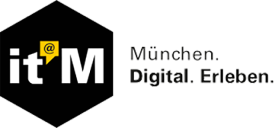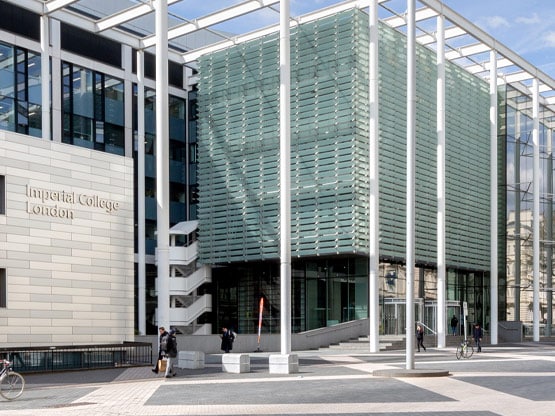Learn how Splunk AppDynamics optimizes hybrid and on-prem application performance with full-stack observability linked to business performance.

Uniform view of the system landscape in AppDynamics
To provide insights into the application environment, it@M uses tools to map the basic areas of performance and availability. AppDynamics now complements this with end-to-end visibility across all application components and dependencies. Even purchased applications can be precisely examined. Performance of individual transactions is captured across application, infrastructure, and network.
Various City of Munich teams responsible for development, infrastructure, and IT architecture can now support each other in troubleshooting. AppDynamics provides a holistic view that helps them manage the increased complexity and deliver an optimal user experience.
AI-based error detection provides clarity
Another challenge the City of Munich faced was alerting, which in the past often resulted in false alarms. Sometimes, the monitoring team had to comb through several hundred messages per day, very few of which related to actual problems. AppDynamics takes an AI-based approach to this challenge and relies on dynamic thresholds that continuously compare application behavior with historical data about the system load.
For example, if there is a particularly high number of users during the usual peak hours and the systems are running under peak load, AppDynamics recognizes this natural deviation and does not sound an alarm. If, on the other hand, there are unscheduled load peaks, performance problems, or even failures, the responsible team receives a message. The automated error analysis then helps to locate the error, allowing the responsible employees to focus on its elimination.
Stable IT infrastructure
Thanks to AppDynamics, the City of Munich has managed to get a grip on the complexity of its digital infrastructure and deliver stability in its IT infrastructure. There are now fewer performance problems and failures, which is why the user experience has improved significantly. This is noticeable for citizens in systems such as the city’s residents registration system. Through AppDynamics support of OpenTelemetry, the city can also use a freely available and globally recognized open-source standard for data collection and then further process this data.
The City of Munich’s implementation has not reached its final stage. Lifecycles are still being optimized and automated and monitoring fine-tuned
"We have succeeded in greatly reducing the outages that citizens and employees encountered in ensuring greater service quality and efficiency in our IT department. So, we have already mapped out our next steps towards expansion to other areas,” says Leicht.









